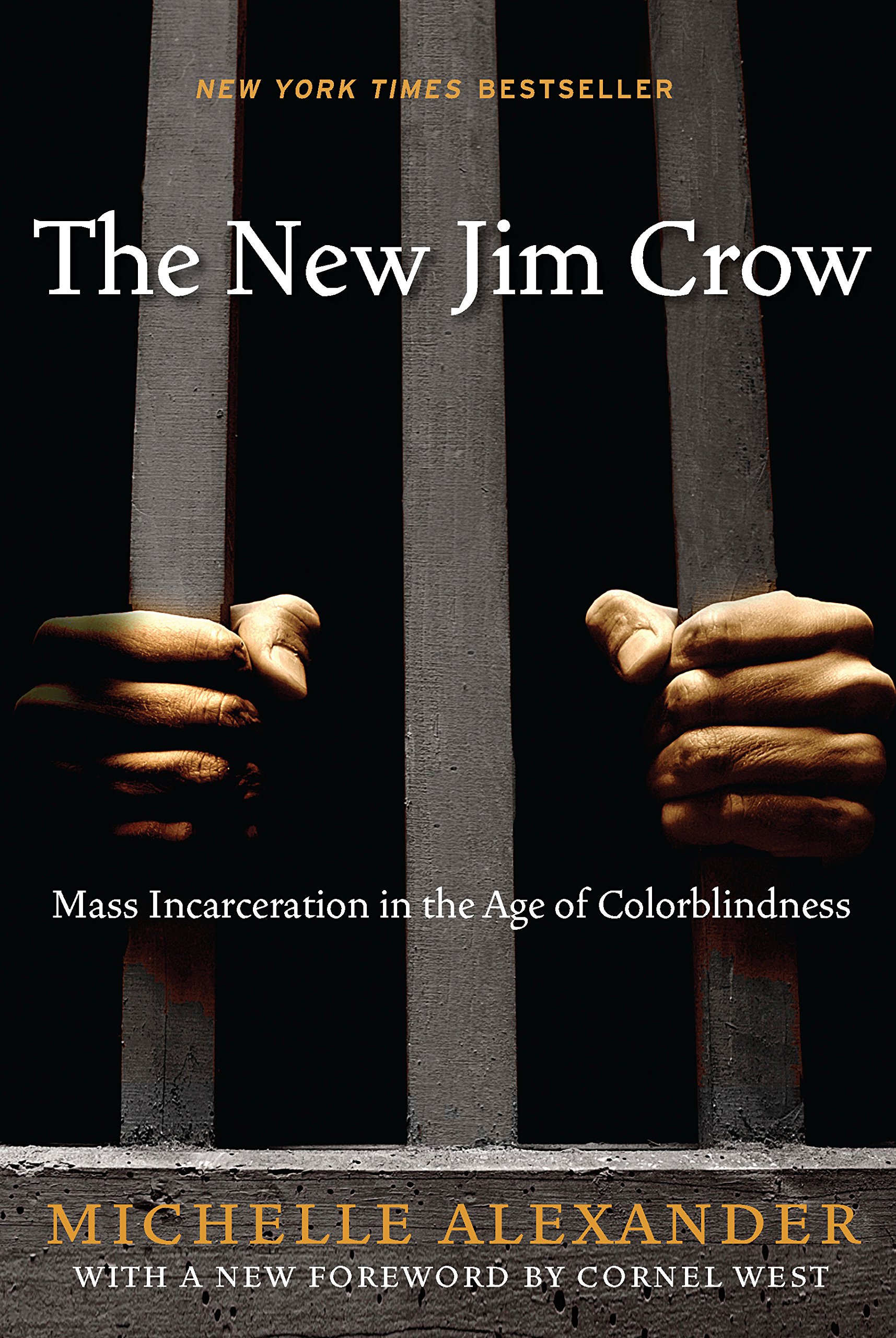Systemic Racism
Created by Tamara Smith 21' and Lucy Gordon 21'
Overview of System Racism
The effects of systemic racism can be broken down into five categories:
(1) The Racial Wealth Gap
While the term "income gap" refers to the gap in earnings between two groups, the wealth gap explores net worth (assets minus debt) rather than just income. A family's net worth can have a significant impact on the ability to build generational wealth.
-
- The median wealth for single black women is only $100; for single Hispanic women, $120. This compares to just over $41,000 for single white women.
- The median wealth among white households in America is $171,000. Among black households, it’s $17,600.
Infographic - The Racial Wealth Gap
(2) Housing Discrimination
Buying and owning a home within the United States is a major source of investment for many Americans. Owning a home is an investment in your future and the future of potential offspring who could live in or sell the home for a profit. This access to a major source of investment was deliberately denied to Black Americans prevented by the United States Federal Government by the National Housing Act of 1934 which established the Federal Housing Administration.
-
- The Federal Housing Administration
- The FHA set up a system of valuation of homes based on uniformity
- Neighborhoods occupied by the same racial groups “tended to be more stable” and produce the highest property values
- Through this system, a neighborhood would be considered de-valued by racial integration, the threat of devaluation by the FHA prevented integration
- The FHA used this logic to explicitly deny loans to black people to FHA mortgage insurance to afford the purchase of a home.
- The Federal Housing Administration
Racial segregation is the direct result of intentional government policy, not an individual choice.
-
-
Redlining
- In the 1930s, government surveyors graded neighborhoods in 239 cities, color-coding them green for “best,” blue for “still desirable,” yellow for “definitely declining” and red for “hazardous.” The “redlined” areas were the ones local lenders discounted as credit risks, in large part because of the residents’ racial and ethnic demographics.
- Here is an interactive map that shows how redlining has affected cities across America, as well as clarifying and/or highlighting detrimental remarks regarding the desirability of redlined areas.
-
Redlining
(3) Employment
The U.S. economy was built on the exploitation and occupational segregation of people of color. While many government policies and institutional practices helped create this system, the legacies of slavery, Jim Crow, and the New Deal.
-
- The widest gaps, when black unemployment was as much as 2.77 times that of white unemployment, came in the late 1980s, as the manufacturing sectors that employed disproportionate shares of African-Americans shriveled. The smallest gaps, ironically, came in the summer of 2009 during the Great Recession; white unemployment rose so high, so fast, that the black jobless rate was “only” 1.67 times higher.
(4) Mass Incarceration
Although the US makes up about 4 percent of the world's population, it accounts for 22 percent of the world's prison population.
Mass incarceration is, predominantly, black incarceration. Black people are nearly six times as likely to be incarcerated as white people, and nearly three times as likely to be incarcerated as their Latino counterparts.
“We’ve chosen prison as a way to respond to the problem of crime and there are a variety of ways we could have responded. We chose the deprivation of liberty for a historically aggrieved group for whom’s liberty in the United States was never fully established” - Bruce Western (The Atlantic, 2015).
Book Recommendations to learn more about the history of the prison system in the United States:
- Are Prisons Obsolete? by Angela Y. Davis
- The New Jim Crow by Michelle Alexander


(5) Government Surveillance
Since the turn of the 1900s, law enforcement has surveilled Black leaders and activists who advocate for racial equality and an end to police violence against the Black community.
-
- In the 1950s and 1960s, the Federal Bureau of Investigation (FBI) had a Counterintelligence Program that deployed secret activists that worked against the workings of notorious Black activists such as Martin Luther King Jr, el-Hajj Malik el-Shabazz (also known as Malcolm X), and more.
- Also into the 1970s, the FBI surveilled black-owned bookstores on the grounds that bookstores were centers of extremism.
The ACLU and MediaJustice have filed a Freedom of Information Act lawsuit to obtain records about Black activists.
